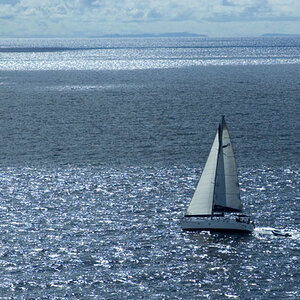Foxx
TPF Noob!
- Joined
- Jul 28, 2011
- Messages
- 255
- Reaction score
- 44
- Location
- Atlanta, Georgia
- Can others edit my Photos
- Photos OK to edit
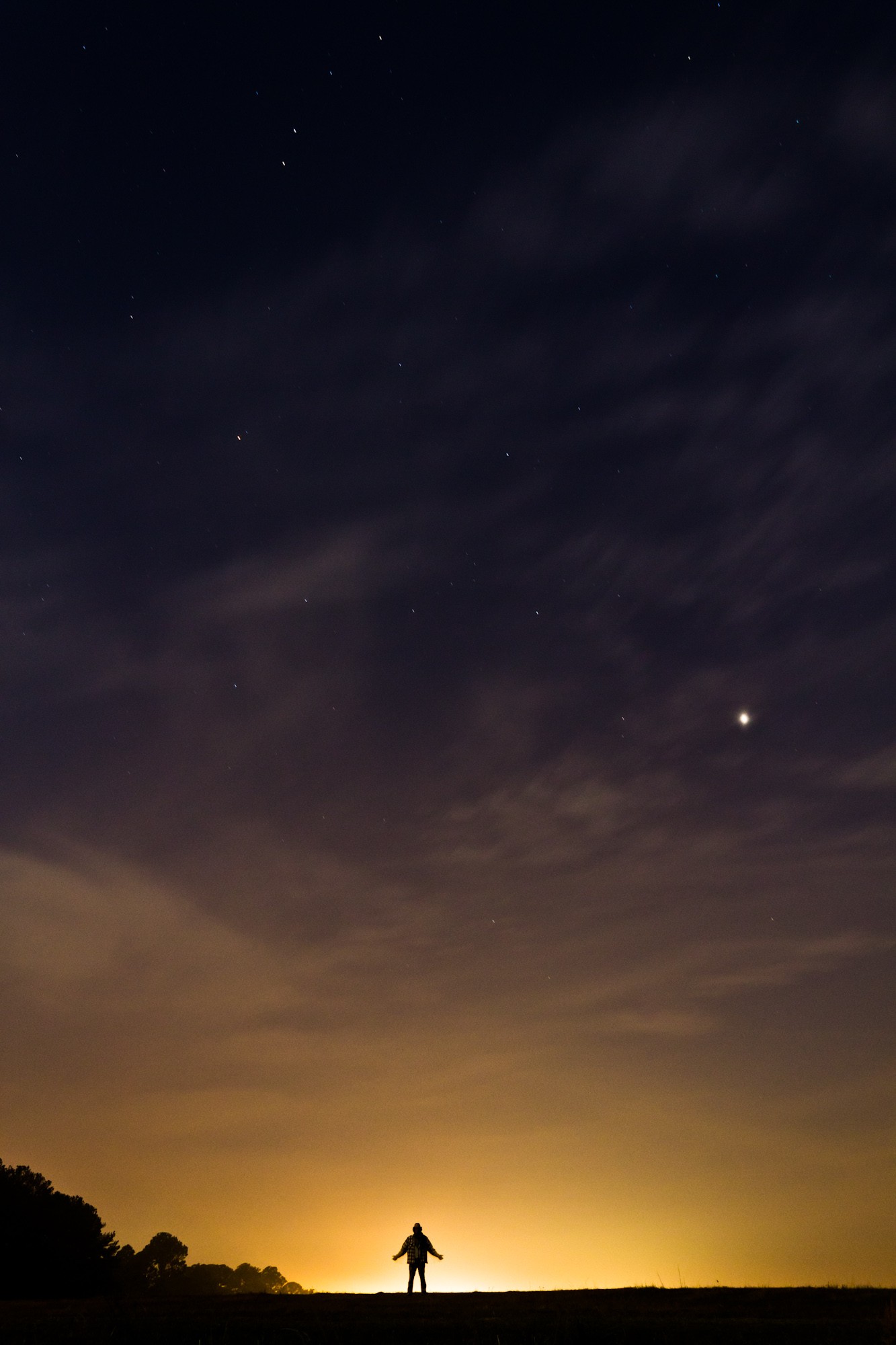
Is there any way I can keep star trails from forming other than upping my ISO/using a wider aperture?
Also any other C&C is appreciated


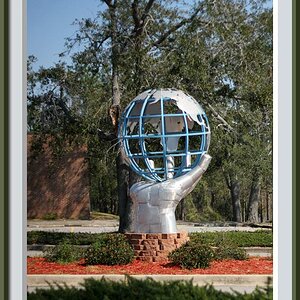
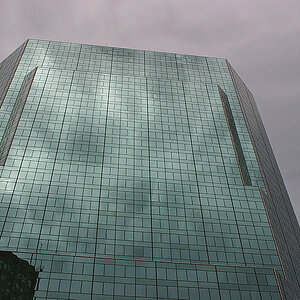
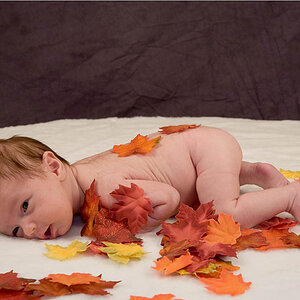
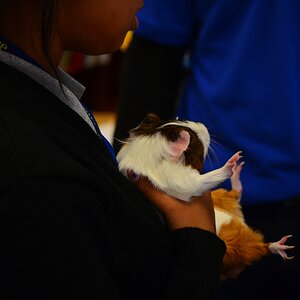

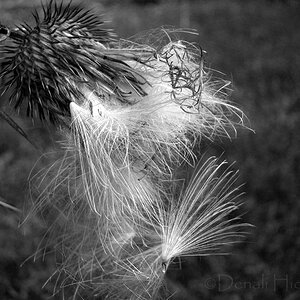
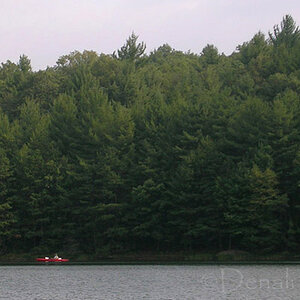
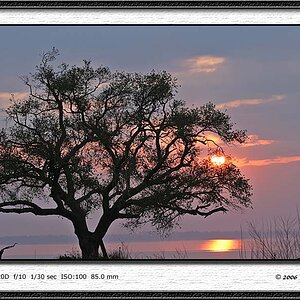
![[No title]](/data/xfmg/thumbnail/42/42016-4e3a2f053aa7a987a0b51e5a0fe85262.jpg?1619739978)
